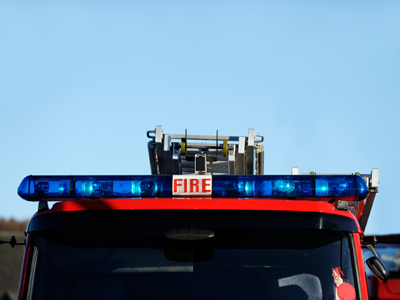
Writing Instructions 1
This English Language quiz is called 'Writing Instructions 1' and it has been written by teachers to help you if you are studying the subject at middle school. Playing educational quizzes is a fabulous way to learn if you are in the 6th, 7th or 8th grade - aged 11 to 14.
It costs only $12.50 per month to play this quiz and over 3,500 others that help you with your school work. You can subscribe on the page at Join Us
Writing instructions is a skill that you should try to perfect. If your instructions are not clear, you might cause loss or damage to someone. In serious situations, the wrong instructions could lead to death.
If there's a fire, you'll have to leave the building and phone the fire company.
The water has to be boiled before you add the sugar.
You have got to go either to the baker's or to the butcher's first. You might decide to go the butcher's first, in that case you'll have to go to the barber's afterwards. If you decide to go to the baker's first, then you'll have to go the builder's afterwards.
Having pressed the blue button, you have to enter the code, and then press the red button.
You'll have to clean the wound first, then put on the bandage.
If you haven't checked all the doors and windows, do that first. You'll also have to inform the duty officer after that, but before you do that - return the keys.
You'll have to unscrew the lid, then slide it to the left. You mustn't slide it beyond the red mark.
You should slowly pour the liquid into the beaker and at the same time you should stir it.
The left handle has to be turned to the right, and then the right handle has to be turned to the left.
You mustn't tell anyone, and you mustn't write anything about this meeting.
Ready for more?
not all...
quizzers. Try to win a coveted spot on our Hall of Fame Page.







